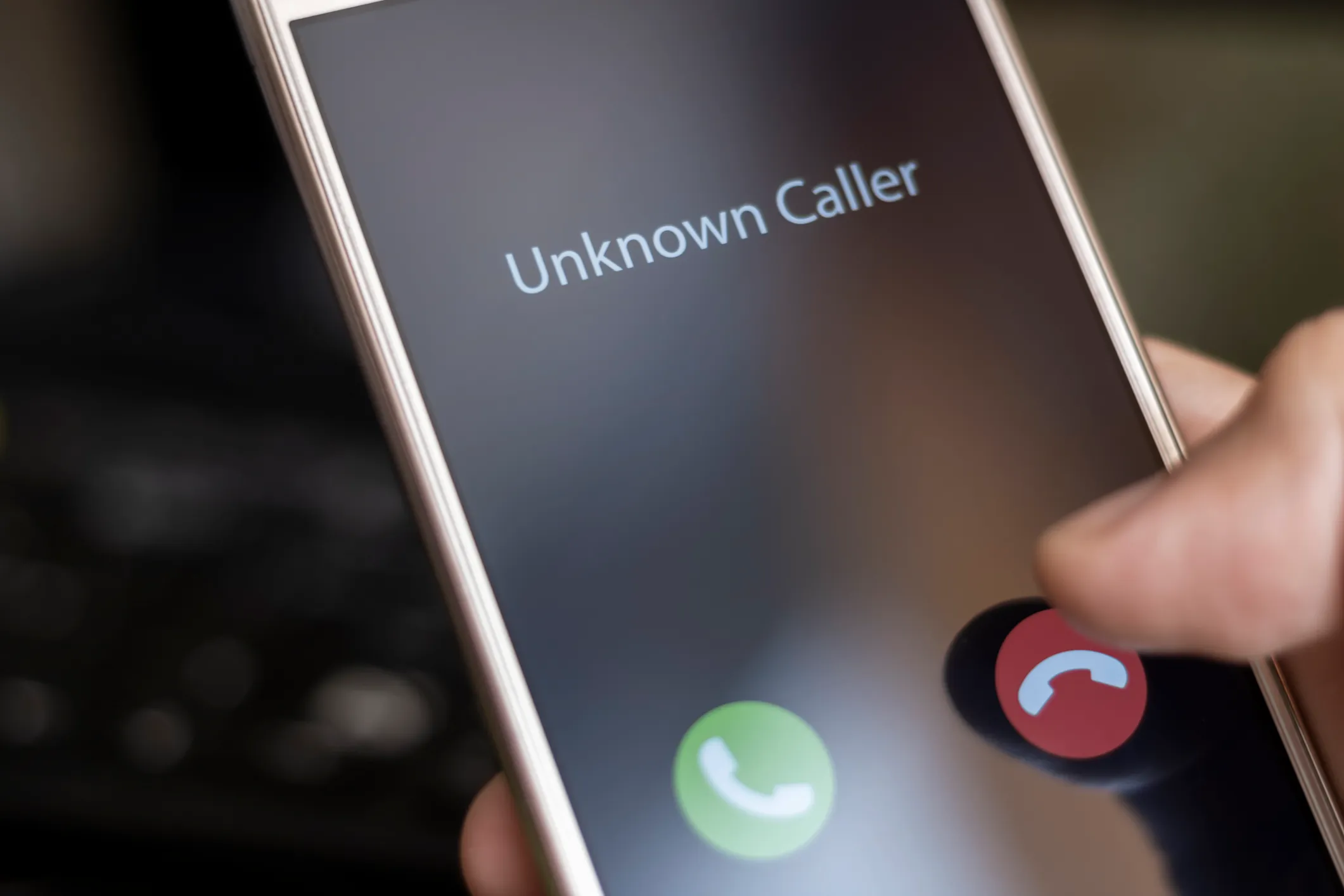
Truecaller has teamed up with Microsoft to introduce an innovative feature that enables users to create an AI replica of their voice to answer phone calls.
This collaboration leverages Microsoft’s Azure AI Speech technology, allowing Truecaller users who have access to the app’s AI Assistant to personalize their digital interactions by recording their voice. This recording is then used by Azure AI Speech to generate an AI voice that can handle calls on their behalf.
Truecaller, primarily recognized for its caller ID capabilities and ability to block spam calls, offers an alternative to standard phone systems preferred by many for its effectiveness. The new feature builds on this by enhancing user experience through personalization.
According to Raphael Mimoun, Truecaller’s product director and general manager, this development not only introduces a new level of comfort and familiarity for users but also highlights the transformative potential of AI in our interactions with digital tools.
The AI Assistant by Truecaller, first introduced in 2022 and currently available in select countries, provides a screening service for incoming calls. It informs users of the caller’s intent, allowing them to decide whether to engage directly or through the AI.
Previously, users could select their digital voice from a set of pre-defined options, but the integration with Azure AI Speech marks a significant shift towards a more customized service.
Microsoft showcased this technology at the Build conference, emphasizing its application in creating personalized voice features for digital assistants. However, the use of this personal voice capability is restricted to certain use cases and comes with specific requirements, such as the need for full consent from recorded individuals and prohibitions against impersonation. Additionally, Microsoft incorporates watermarks in voices generated through this feature to ensure authenticity and mitigate misuse.
Related News:
Featured Image courtesy of Rafael Abdrakhmanov via Getty Images/iStockphoto
